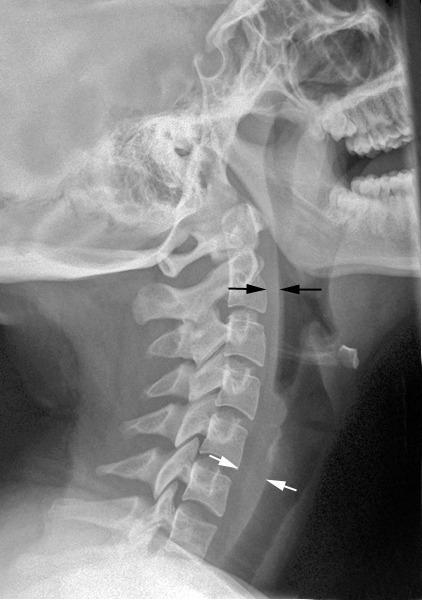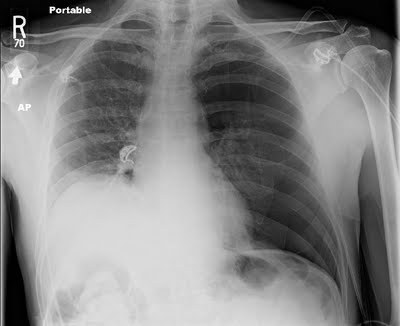Here’s another one. I’ve seen the clinical problems and poor outcomes that can arise from ignoring it many times over the years.
You’ve ordered a CT or a conventional x-ray image. The result comes back in your EMR. You take a quick glance at the summary at the bottom of the report. No abnormal findings are listed. So now, in your own mind and in any sign-outs that you provide, the image is normal.
Here’s the rub. Saying something is not abnormal doesn’t necessarily mean that it’s normal. Hence the sixth law:
Always look at the image yourself.
Sometimes, the radiologist misses key findings on the image. Sometimes they see them and make a note of them in the body of the report. But they don’t get the clinical significance and don’t mention it in the summary (which is the only thing you looked at, remember?).
Bottom line: Always make a point to pull up the actual images and take a look. You have the full clinical picture, so you may appreciate findings that the radiologist may not. Sure, you may not have much experience or skill reading more sophisticated studies, but how do you think you develop that? Read it yourself!
Other Laws of Trauma:


